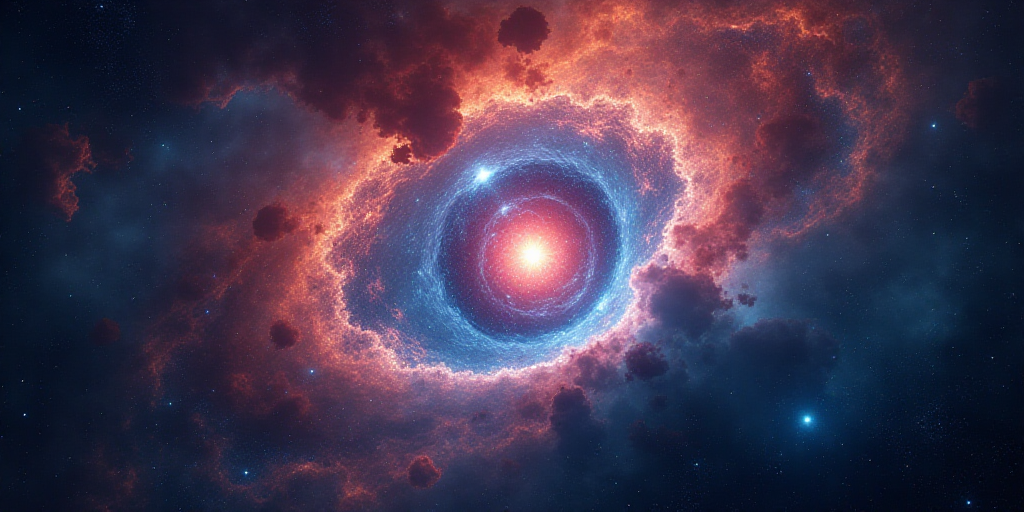Background on Cassiopeia A and its Significance
Cassiopeia A, also known as Cas A, is the remains of a supernova explosion that occurred approximately 11,000 light-years away from Earth. This remnant is a crucial object for astronomers to study, as it provides insights into the life cycle of stars and the processes that occur during a supernova explosion. The NASA’s recent composite image of Cas A has unveiled an intricate structure, dubbed the “Green Monster,” which adds to our understanding of these cosmic events.
The Composite Image and its Components
The NASA released a captivating composite image that combines observations from the James Webb Space Telescope (JWST), the Chandra X-ray Observatory, and the Hubble Space Telescope. This groundbreaking image offers a detailed view of stellar debris by merging infrared, X-ray, and optical data.
Key Features of the Image
- The “Green Monster”: The central focus of the image is a striking loop-like structure, colored in shades of green, located on the right side of the central cavity. Its irregular appearance, marked with minibubble-like features, has surprised astronomers due to its unexpected complexity.
- Outer Layers: The outer layers of the image display hot dust resulting from the collision of stellar material with surrounding gas.
- Inner Elements: The inner regions show pink filaments and fainter fragments, representing heavier elements such as oxygen, neon, and argon, which are essential in the formation of cosmic dust.
Understanding the Impact of This Discovery
Cassiopeia A serves as a “stellar autopsy,” allowing scientists to learn about the type of star that exploded and understand its collapse process. This new composite image, combining data from multiple telescopes, offers an unprecedented view of the remnants and their composition.
The image’s detailed representation of elements like oxygen, neon, and argon contributes to our knowledge of cosmic dust formation. This information is vital for understanding the chemical evolution of galaxies and the interstellar medium.
Accessing the Image
As the featured image of June, this composite image can be downloaded in high resolution for use as a wallpaper on both mobile devices and computers. You can access it at NASA’s official science website.
This initiative is part of NASA’s “Image of the Month” series, where each month a striking photograph or visualization is shared to celebrate science, Earth, and the universe.
Key Questions and Answers
- What does the image show? The composite image reveals a previously unseen detail in Cassiopeia A’s remnants: the “Green Monster,” a complex loop-like structure.
- How was the image created? The image combines data from the James Webb Space Telescope, Chandra X-ray Observatory, and Hubble Space Telescope, merging infrared, X-ray, and optical data.
- What can we learn from this discovery? The detailed representation of elements like oxygen, neon, and argon contributes to our understanding of cosmic dust formation and the chemical evolution of galaxies.






